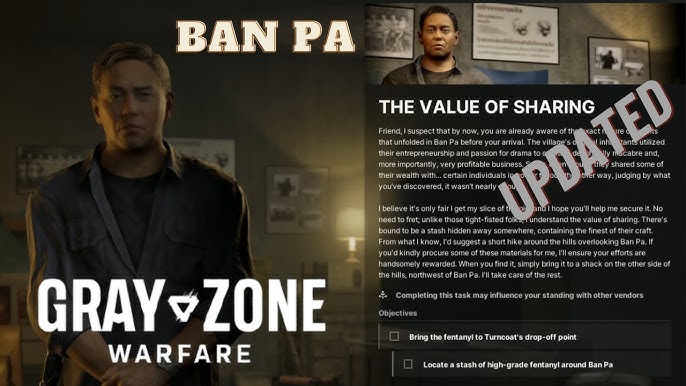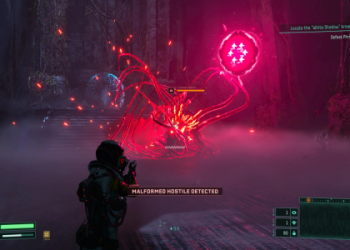So, I’ve been thinking a lot about this idea of the “gray zone” – you know, those tasks or projects that aren’t clearly defined, nobody really owns them, but they’re still important. I decided to try something out to see how valuable it is to share these fuzzy areas.

My Little Experiment
First, I picked a project that was kind of lingering in our team’s backlog. It wasn’t urgent, but it was something that would definitely make things run smoother. It involved cleaning up some old data and making it easier to search. Sounds thrilling, right? It wasn’t anybody’s top priority, so it kept getting pushed aside.
I started by just… doing it. No big announcement, no formal request for permission. I just started chipping away at it during my downtime. I figured, worst-case scenario, someone tells me to stop.
The Nitty-Gritty
- Step 1: Diving In. I spent an hour or two just poking around the data, figuring out what was what.
- Step 2: Making a Mess (and Cleaning It Up). I started moving things around, deleting duplicates, and generally making a temporary mess. This was the scariest part, because I wasn’t 100% sure I wouldn’t break something.
- Step 3: Documenting Like Crazy. Every change I made, I wrote it down. What I did, why I did it, and what the result was. This was super important.
- Step 4: Showing My Work. After a few days, I had made some decent progress. I put together a quick summary of what I’d done and shared it with the team.
The Results (and Why Sharing Matters)
Here’s the cool part. When I shared what I’d been up to, a few things happened:
- People noticed. My team lead was like, “Oh, wow, I didn’t even realize you were working on that! That’s awesome.”
- Others jumped in. Someone else on the team had some experience with this type of data and offered to help. We teamed up and got it done way faster.
- It became “real.” Suddenly, this fuzzy project wasn’t so fuzzy anymore. It had a name, a purpose, and people working on it.
- We avoided duplication. Turns out, someone in another department had been thinking about tackling a similar problem. By sharing my work, we connected and realized we could collaborate instead of doing the same thing twice.
So, basically, by sharing this “gray zone” work, I turned something that was invisible into something valuable. It showed initiative, it sparked collaboration, and it prevented wasted effort. It’s a small thing, but it made a real difference. I’m going to keep doing this, and I think you should too. It’s all about making the invisible, visible, and that’s where the real magic happens.













